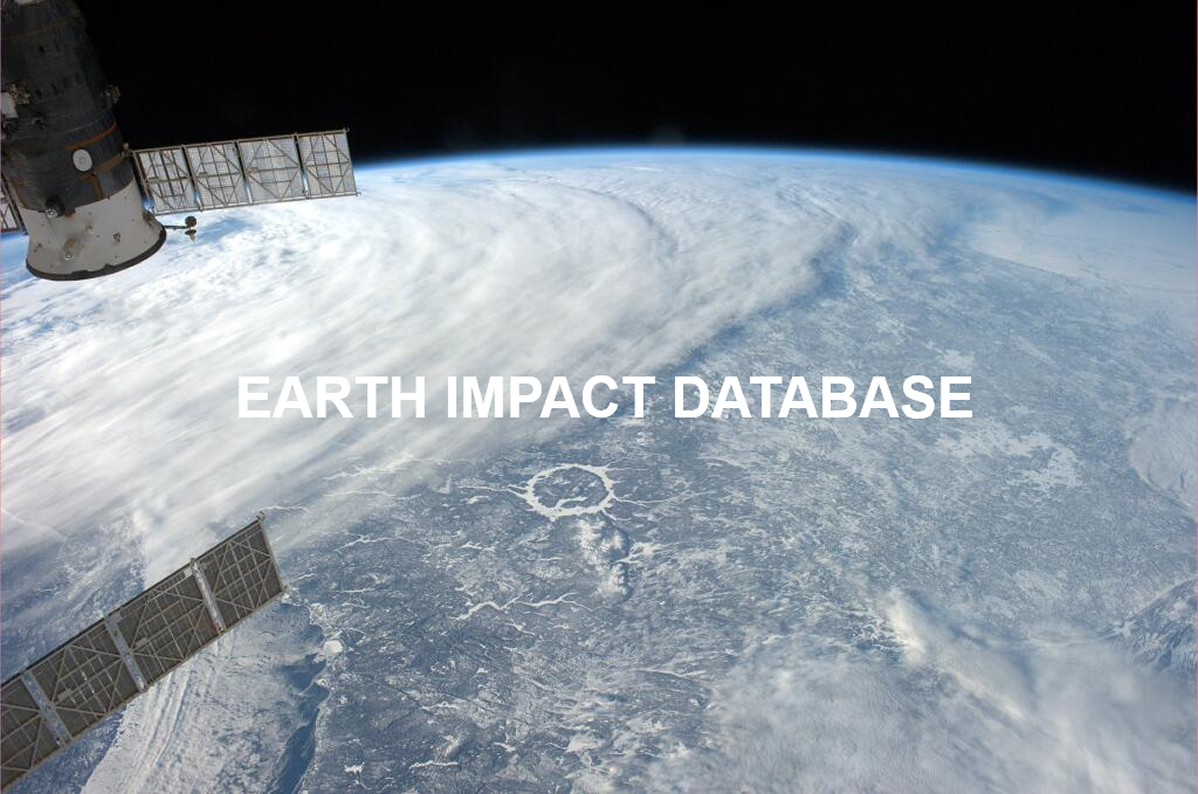Report a Crater
*** At this time, we are unable to respond to the large number of crater reports we receive by email. Please review the Criteria for confirming an impact crater and only email us if all, or at least 80%, of the criteria are met, and provide the analytical microscope data and/or a peer-reviewed journal publication to back it up (publications that are "Accepted with Revisions" or "In Press" are acceptable) ***
Facts about Reporting a Crater
-
We get an average of 3 reports a week from people who have spotted a circular structure on Google Earth, or while on a plane (including pilots). The PASSC team is currently involved in 3 major projects (this causes a large time delay in responding to crater report emails, we apologize for that):
-
We do not have funding to travel to investigate potential craters. Funding is given for studying confirmed craters, preferable those with mineral deposits
-
We have a cabinet full of files for potential craters. These have not been confirmed because they are in remote areas and/or do not meet our criteria for confirming a crater (see below)
-
Confirmed craters are named after a nearby location, not by the person who discovered it (unless it is in the memory of an impact geologist that researched that impact structure for many years)
The Mars Science Laboratory Curiosity Rover mission
The Manicouagan Impact Research Program (MIRP)
Process for Confirming a Crater
-
NOTE: Many circular features on the surface of the Earth. Some are formed by meteorite impact, many are not. For example circular features may be formed by the collapse of a volcanic magma chamber forming what is known as a caldera. These circular features may be mistaken for impact craters. As well, other circular features formed as the result of glacial action or salt diapirs may also be mistaken for impact crater
- The proposed impact site should be visited by scientists and samples taken for analysis
-
Certain geological features must be identified in order to confirm an impact origin. These include the presence of shatter cones (these can be identified in the field), other diagnostic shock effects in minerals such as planar deformation features in quartz (these are identified under a microscope), and the presence of impact melt, impact breccia and/or pseudotachylyte (Click here for more detailed information about the Criteria)
- NOTE: We prefer peer-reviewed scientific journal publications, with all the appropriate data, as evidence that the Criteria are met
*** At this time, we are unable to respond to the large number of crater reports we receive by email. Please review the Criteria for confirming an impact crater and only email us if all, or at least 80%, of the criteria are met, and provide the analytical microscope data and/or a peer-reviewed journal publication to back it up (publications that are "Accepted with Revisions" or "In Press" are acceptable) ***
